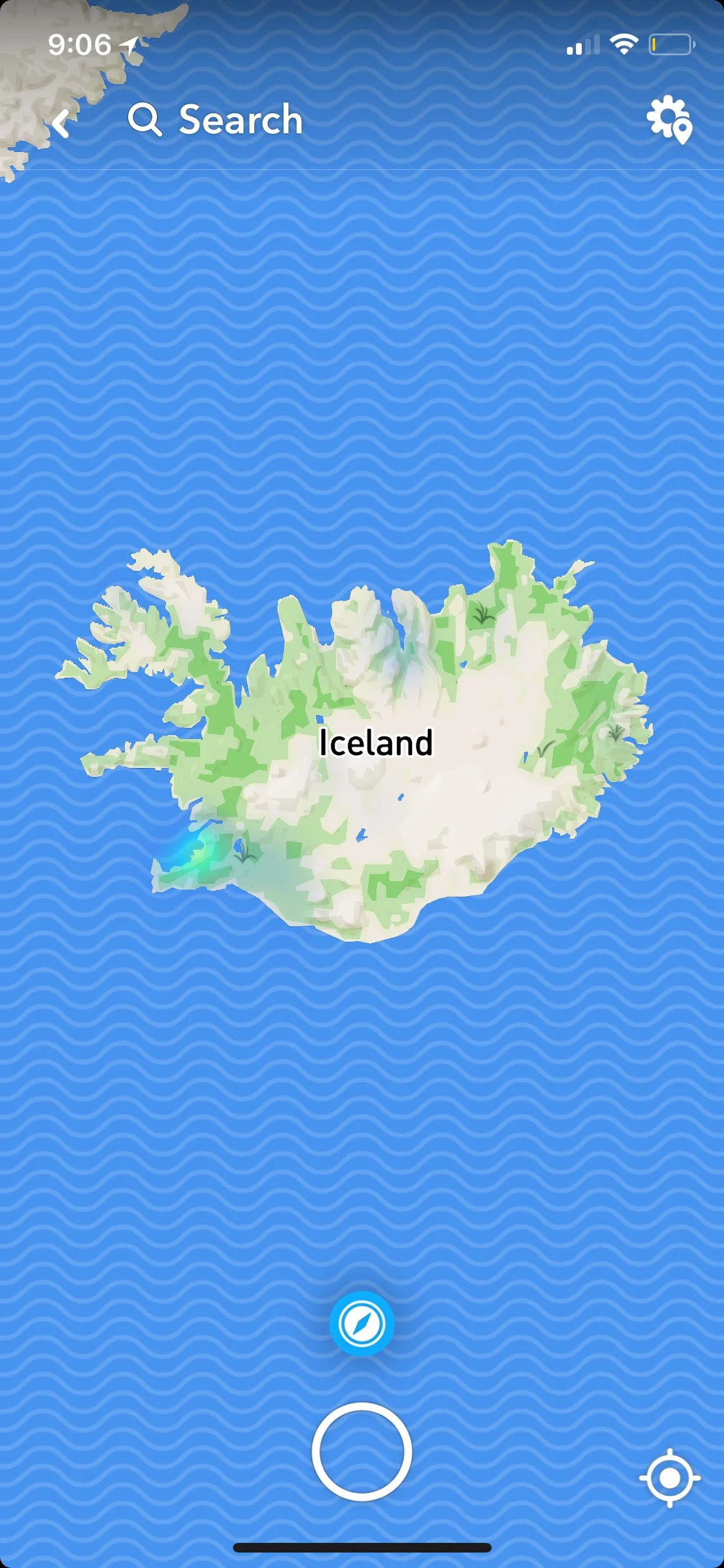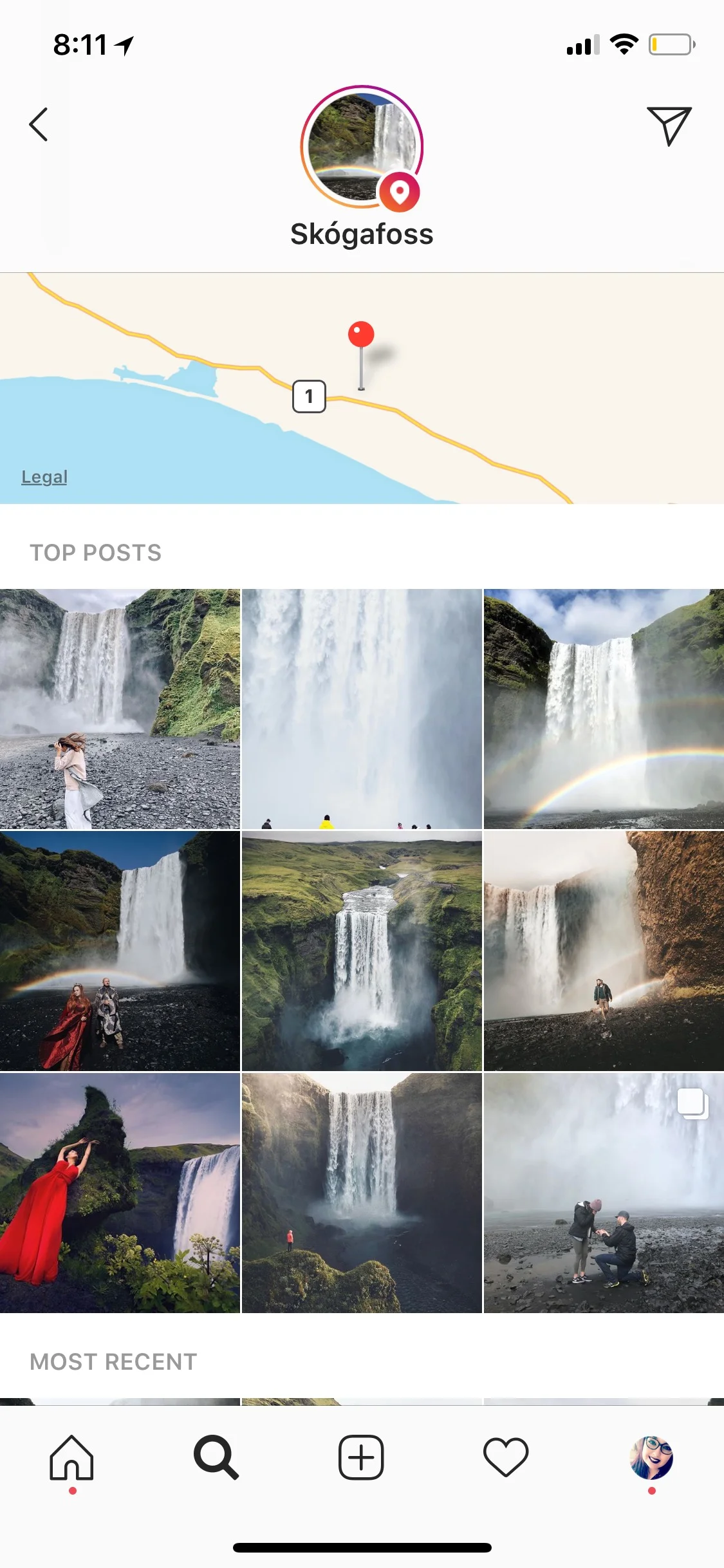When I went to Italy this past February, I was unsure of the weather conditions and had no idea what to pack. I had added some cities to my weather app and I had googled “Italy weather in February” but being from Florida where it barely goes below 80, I was unsure what weather in the 50's looked like. What do people wear?? Is it really that cold?? I jumped on Instagram and searched some hashtags to comb through posts to get an idea of what people in real time were wearing and what the scenery looked like - if it was all brown and dead or still green and lush. Also, looking through hashtags and following them on Instagram like “#ItalyTrip” “#ExploreItaly” “#DiscoverItaly” and more narrow to see what was going on in the Tuscan region where we would be, “#DiscoverTuscany.” These hashtags sound basic, but they’re very widely used and the content is the realest glimpse you’re going to get into you’re planned destination.
Another way you can find out in real time what life is like where you're going is by using Snapchat! If you pinch your fingers on the opening camera screen in the app, it takes you to the Map. You can watch stories from all around the world - so scroll to your destination, look for the blue glowing circles that indicate there is something there to watch, and voila! Real time, real people, real life footage of the area.
From these little clips, I can see that the people aren’t bundled up - they’re actually in t-shirts and jeans, and I also get a glimpse into Reykjavik’s nightlife, which I’ve heard goes late into the night.
Not only does doing this help you get an understanding of where you’re wanting to go, but it gives so much inspiration for your trip because you can stumble upon hidden gems and places you didn’t even know existed. A restaurant I found via their IG account, Golden View, in Florence had TO DIE FOR views of the Ponte Vecchio bridge that I would never have known about if it wasn’t for searching through hashtags and Instagram posts. When we were in Florence, I told my group we had to go to this restaurant, and we did! I still follow their restaurant account and drool over their photos that combine the view and their food items.
So now my next trip is Iceland, coming up this week. Again, no clue how cold weather works! I added the city of Reykjavik to my weather app and set up my Instagram feed to follow “#Iceland” and “#DiscoverIceland.” Doing so has allowed me to see so many jaw-dropping landscape shots and by looking where the posts are geo-tagged at, I’ve been adding places to my list of where we need to go!
Now here's where Google comes into play. If you're renting a car, I highly suggest looking into the traffic laws and research their parking laws. I was more worried about driving in Italy than I am for Iceland, and thankfully I was not the driver in Italy. Italy has the Autostrade, which is a major roadway that people drive FAST on and when a car behind you is approaching and flashes their lights at you - you better get out of their way. Actually, overall I was very impressed with their roadways, as everyone played by the rules and maneuvered the round-a-bouts with such ease (but I am so glad I wasn't the driver, I am too timid for those streets!). By looking up the traffic laws, you get an idea of what the signs will look like, but nothing will prepare you for actually driving there and having no clue what the signs are saying - so good luck! You have to be able to go with the flow and not freak out if you get lost or go the wrong way.
While Iceland is much more rural than Italy, we still will be driving in a foreign land and we want to do everything we can to be as prepared as possible. I looked over parking rules and things like the cost of gas and added them to my everlasting Google Doc for reference later on. I kind of go overboard with cumulating pictures, links and info before a trip, but it helps me get an understanding of what I'm about to go see.
I start off with putting my travel itinerary all together - flight times, airbnb check in info and car rental info. This helps later on when you're trying to search through emails to find what time your flight leaves - instead check your Google Doc and easily find what you're looking for. I say compile as much as you can, just to have it for later if nothing else. Most destinations I add to the list, I make sure to include a picture so later on I know what I was referencing.
Most of the things I have laid out on the Google Doc comes from Google - obviously - but if you type in "Things to do in [insert city name here]" you'll come across a map with the major tourist destinations plotted and there's information when you click into one. So instead of having to come back to this, I combine what looks interesting in my Google Doc and have one place to look.
For Italy, I downloaded DuoLingo, a (free!) language-learning app, to learn the basics and familiarize myself with some terms like "bathroom" or "thank you." On DuoLingo you can create groups with the people you are traveling with and see their progress and make it into a game. I was expecting the Italians to speak broken English, and to have Google Translate as a good travel tool, but in case that wasn't the case, I wanted to at least have a few phrases under my belt to get by. For Iceland, however, their language is not offered on DuoLingo or similar apps since it is so hard and complex, but I've read and heard from people I know who have gone recently, that English is widely spoken there and there wasn't a big language barrier.
Anyways - I hope reading this gets you thinking of how you can plan to travel outside of guide books and maps!





